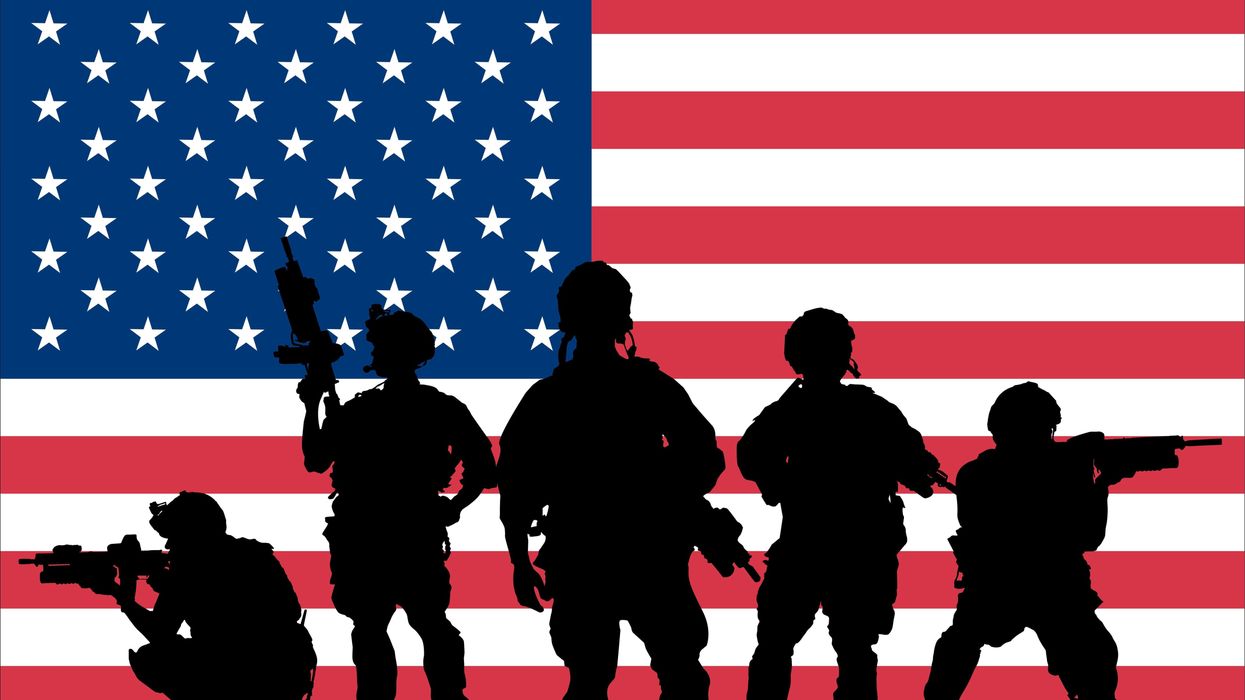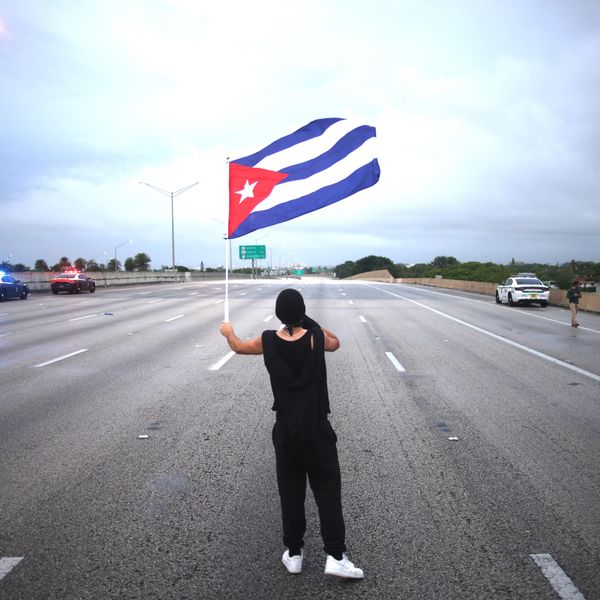Traffic through the Lachin Corridor — the only route connecting the contested region of Nagorno-Karabakh with Armenia — has been blocked by Azerbaijani self-proclaimed environmental activists for a fifth day. This closure creates a potential humanitarian crisis for the Armenian population of Nagorno-Karabakh, as they are cut off from medical and food supplies from Armenia, which they are entirely reliant upon.
The roadblocks, which protesters claim are in response to illegal mining practices in the region, represent the latest escalation in tensions between Armenia and Azerbaijan in recent months. Most notably, in mid-September, Armenian and Azerbaijani forces clashed both around Nagorno-Karabakh and on the countries’ border, with Azerbaijan escalating the situation by attacking Armenia proper.
Both September’s attacks and the present roadblocks are symptoms of a troubling reality for the Caucasus: that Russian weakness resulting from its struggling invasion of Ukraine has opened the door for renewed conflicts and border disputes in the region. Russia, which has long filled the role of regional hegemon, has stationed peacekeepers in Nagorno-Karabakh and the Lachin Corridor since the devastating Second Nagorno-Karabakh War of 2020.
Azerbaijan is utilizing Russia’s present distraction to press its advantage in its simmering conflict with Armenia. Indeed, the current roadblocks are at least partially aimed at pressuring the small and ill-defined Russian peacekeeping mission, with protesters demanding greater Azerbaijani access to Nagorno-Karabakh and a meeting with the commander of the Russian forces.
For the Armenians living in Nagorno-Karabakh, conditions will only get worse as long as the blockade persists. Azerbaijan also blocked gas supplies to Nagorno-Karabakh, but following strong international diplomatic pressure recently reversed this decision. But should the roadblocks persist in the long term, there may be few options to resupply the territory, as civilian air traffic in and out of the territory has been blocked since the 1990s. Meanwhile, the de facto government in Nagorno-Karabakh is increasing its calls for an international humanitarian airlift to supply the blockaded territory.
So far, the United States and its international partners have responded by issuing diplomatic calls to end the roadblocks. The U.S. State Department issued a statement via Twitter calling on the “government of Azerbaijan to restore free movement through the corridor.” The EU issued a similar comment, calling on “Azerbaijani authorities to ensure freedom and security of movement along the corridor” given that such restrictions “cause significant distress to the local population and create humanitarian concerns.”
The United States may have a meaningful, if limited, role to play in ending the present crisis and preventing the renewed outbreak of war between Azerbaijan and Armenia. Washignton played an important role in bringing the two nations to ceasefire after Azerbaijan’s September incursions, a notable departure from the 2020 war in which Russia brokered the truce.
Yet, as Anatol Lieven and myself recently pointed out in a brief for the Quincy Institute, this does not mean that the United States should make an effort to supplant what security role Russia has left in the Caucasus. The United States is rightly resistant to committing its forces to the region, and this effectively prevents it from serving as security guarantor there.
Instead, the Biden administration should continue its wise course of diplomacy. The United States should work to de-escalate the crises in the South Caucasus through diplomatic means while engaging appropriately with all local actors and stakeholders. If Azerbaijan continues to press its advantage in the conflict through coercive means, especially by military force, the United States and its partners must bring vigorous diplomatic pressure to bear to push the parties back to peaceful negotiations over their territorial disputes.
Editor's Note: Artin Dersimonian was an intern at the Armenian Embassy in Washington in 2018. The Terjenian-Thomas Assembly Internship Program at the Armenian Assembly — which is mentioned in the QI brief on which this article is based — facilitated Dersimonian's internship with the embassy.
















